Sigetaro Kinoshita (Seiyukai Party) submitted a “Proposal for the Promotion of Chinese Studies” in the House of Representatives. It was proposed that efforts be made to promote Oriental culture and Oriental academic research. This movement to promote Chinese studies grew and led to the establishment of Daito Bunka Gakuin (now Daito Bunka University) in 1923. Kinoshita is regarded as the actual founder of the university.
At the plenary session of the House of Representatives of the 44th Imperial Diet, “Proposal for the Promotion of Chinese Studies” was submitted by Shigetaro Kinoshita (Seiyu-kai).
As Chinese studies have contributed to the culture of our country since ancient times and have contributed greatly to the cultivation of national thought, and as there is little room for improvement in the future, there is an urgent need to find a way to promote it.
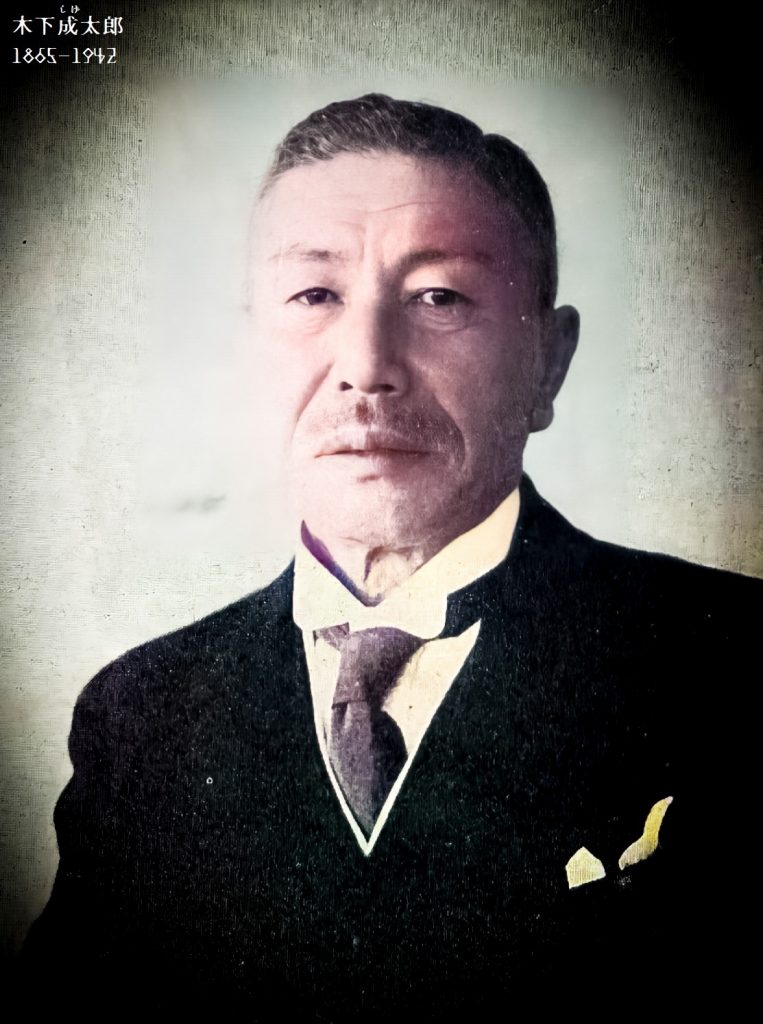
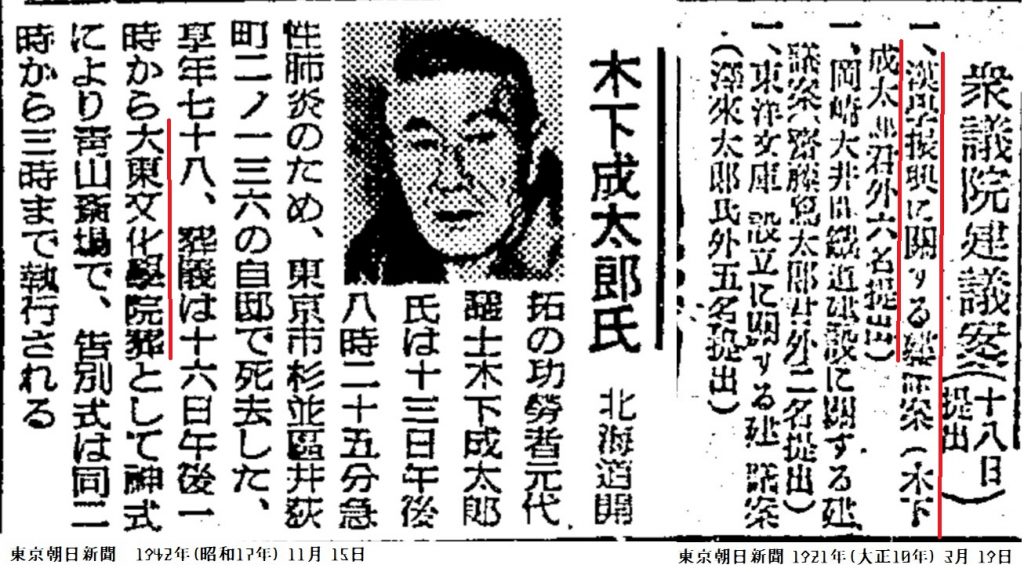
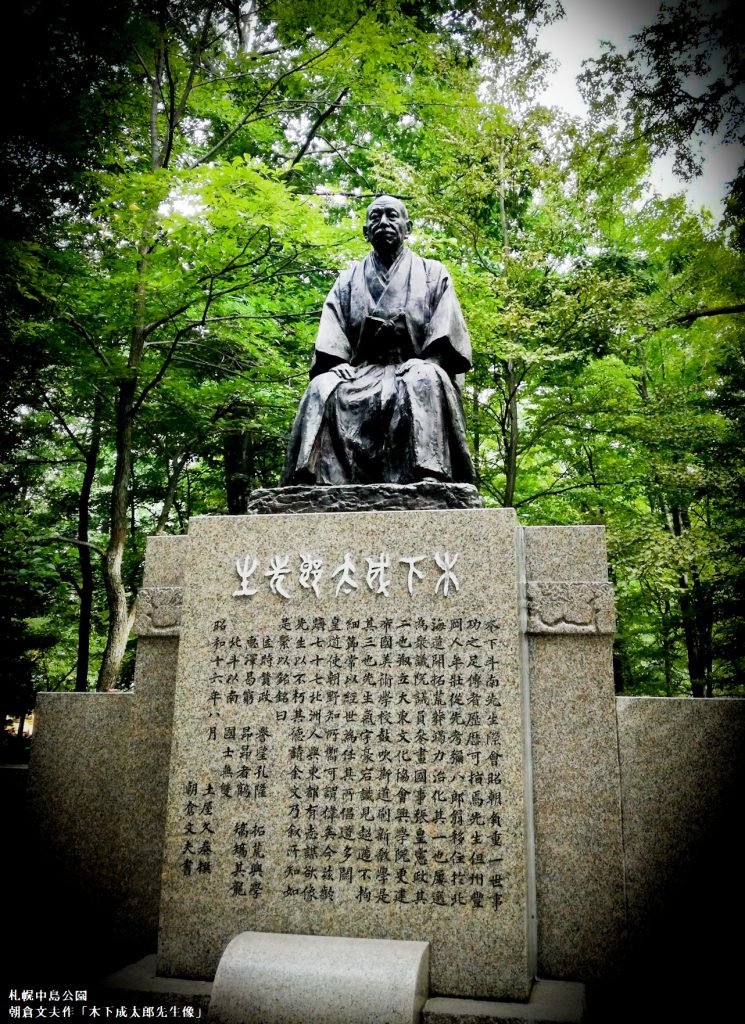
Sigetaro Kinoshita. Born on September 21, 1865 as the eldest son of Yahachiro Kinoshita, a retainer of the Toyooka domain in Tajima Province. He studied Chinese studies at the Hōrin Gijuku School and also studied at the University Preparatory School. In December 1887, he was expelled from Tokyo by the Security Ordinance and moved to Muroran, Hokkaido, where his father was living.
In December 1887, he was expelled from Tokyo by the Security Ordinance and moved to Muroran, Hokkaido, where his father was living. He also focused on iodine production and became a pioneer in this field. He served as a member of the Atsugishi Town Council, a draft counselor, a member of the Hokkaido Council (elected for two terms to the Kushiro Branch Office), the head of the Fisheries Association, and a director of the Fisheries Association. He also participated in the founding of the Daito Culture Association and the Imperial Art School (now Musashino Art University).
In May 1912, he ran for and won the 11th general election for the House of Representatives from the Nemuro district of Hokkaido. After that, he was elected in the 14th, 16th, and 20th general elections (the 19th election was moved up), serving a total of seven terms as a member of the House of Representatives and becoming the general manager of the Rikken Seiyukai.
He opposed the theory of the Emperor’s institution and spearheaded the attack on Tatsuyoshi Minobe. On the other hand, he opposed the expansion of the war and plotted to overthrow the Tojo cabinet. Died on November 13, 1942.



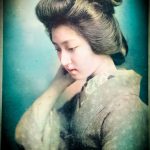

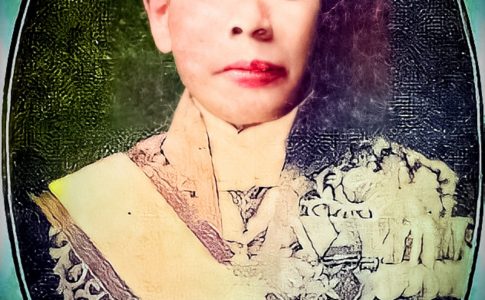
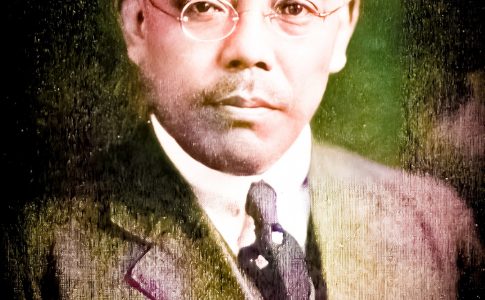
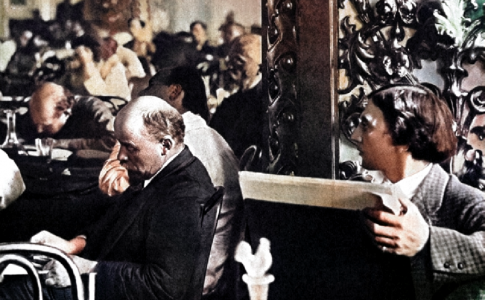
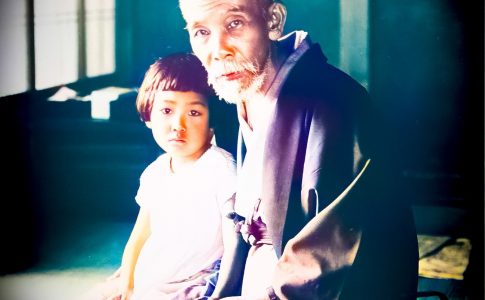
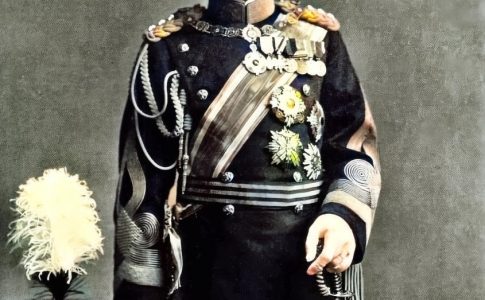

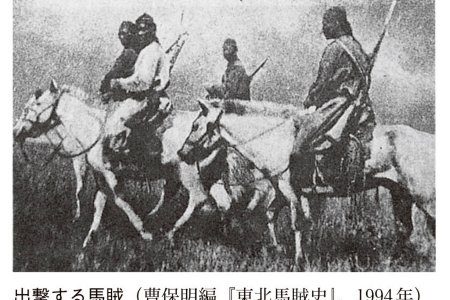
Leave a Reply